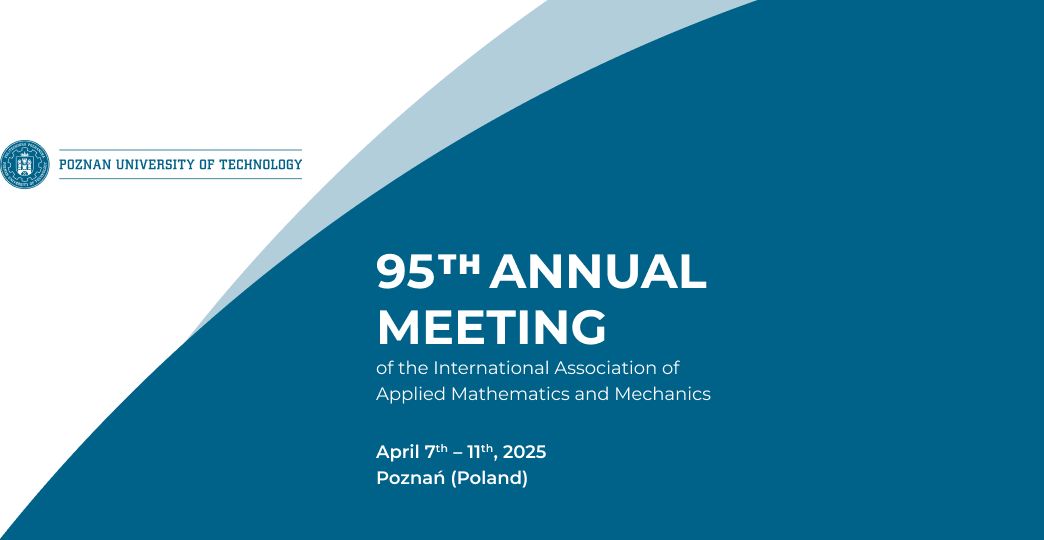Speaker
Description
Probability theory offers a practical and sound framework for assessing the reliability (or its complement, the failure probability) of engineering systems. In such a framework, the uncertainty associated with the input variables of a numerical model is described in terms of a joint probability distribution. Then, the probability of failure of the system is computed by integrating such joint probability distribution over the set of input variables that lead to an undesirable behavior. However, in cases of practical interest, it may be challenging to define a crisp probability distribution due to issues such as lack of knowledge, data scarcity and corrupted data, among other issues. Under such a situation, one possibility is describing uncertainty through probability models whose parameters (such as mean value or standard deviation) are described considering intervals. This corresponds to a so-called parametric probability box (p-box) approach. By considering a p-box, it is possible to capture both aleatoric and epistemic sources of uncertainty in a problem. In this setting, the failure probability is no longer a crisp, deterministic value but instead, it becomes an interval as well, that is, an imprecise failure probability. Assessing this interval is of utmost importance, as it provides a measure of how sensitive a particular system is with respect to the effect of epistemic uncertainty. Nonetheless, the calculation of imprecise probabilities is usually a demanding task, as it becomes necessary to propagate aleatoric and epistemic uncertainty in a double-loop fashion, which demands repeated evaluations of the numerical model describing the behavior of an engineering system.
In view of the challenges described above, this work presents an approach for estimating imprecise failure probabilities. The approach is based on the concept of an augmented reliability problem, where the epistemic distribution parameters are artificially regarded as aleatoric. The augmented reliability problem is solved using the First-Order Reliability Method (FORM). The functional dependence of the failure probability with respect to the distribution parameters can be calculated explicitly based on the FORM assumption. This allows determining the bounds of the imprecise failure probability in closed form once the design point associated with the augmented reliability problem has been located. An example illustrates the application of the proposed approach, indicating that it can provide a good estimate on the intervals of an imprecise failure probability with reduced numerical efforts.

